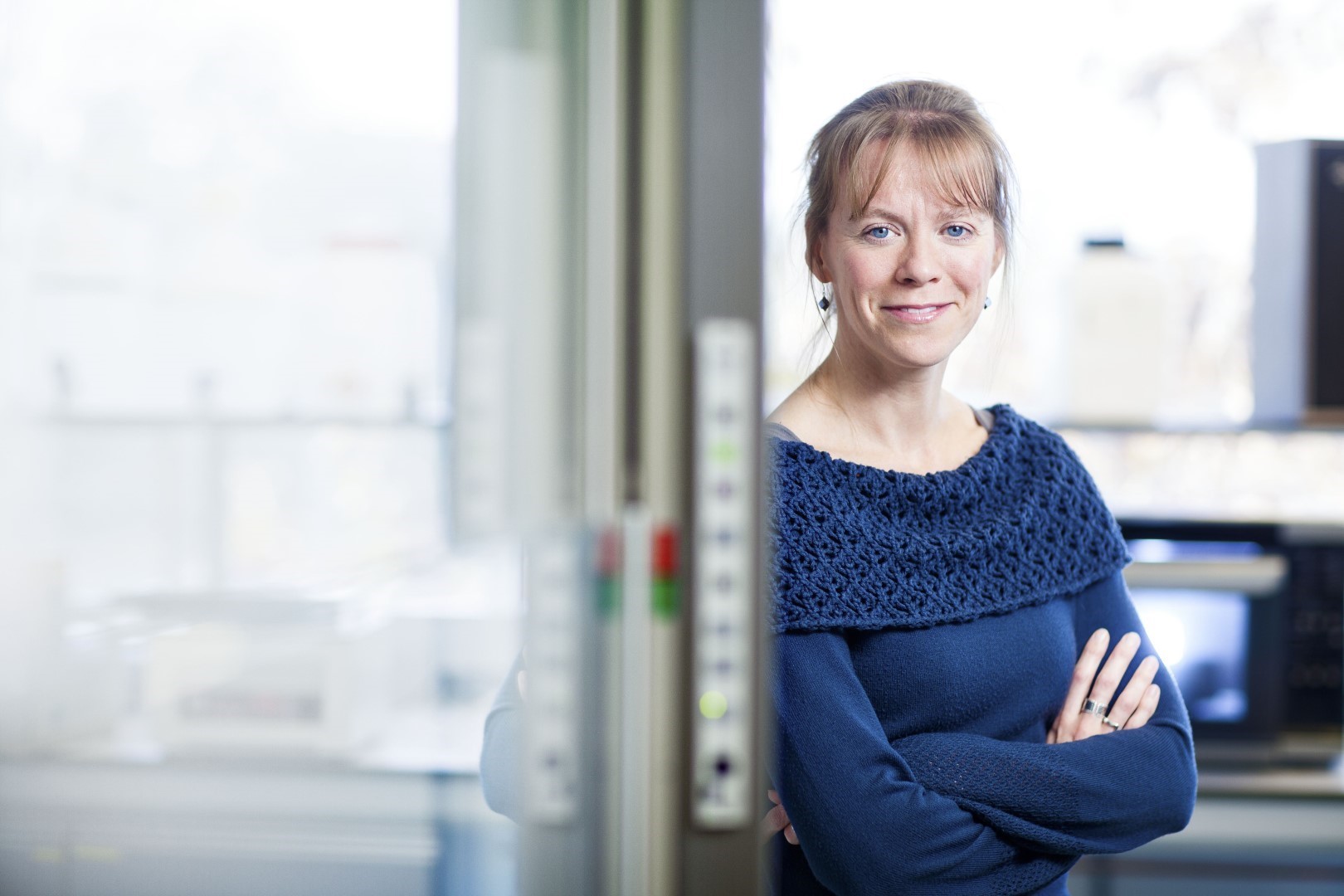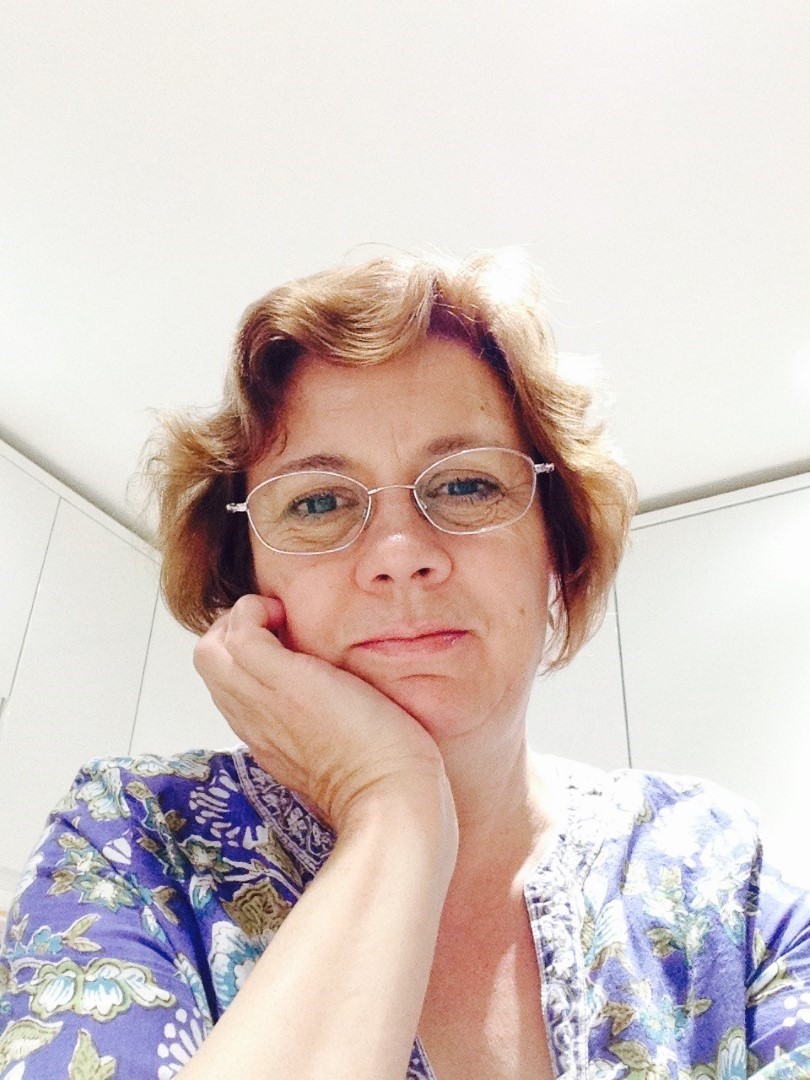In Autumn 2017, a mammoth study involving more than 250,000 women discovered over 65 new genetic variations linked to risk of breast cancer – bringing the total number of these kinds of variations to around 180. It’s an incredible achievement, but these genetic variations, known as SNPs, are only part of the story.
Scientists estimate that we only know half of everything there is to know about the genetics of breast cancer risk. So how do we go about finding what’s left? And why do we need to?
Why SNPs?
‘Single Nucleotide Polymorphisms’, or SNPs – often pronounced ‘snips’ – are single-letter changes to our DNA code. There’s somewhere between 10 and 15 million places where they exist across our genome.
Most SNPs have no known effect, but some of them may be very important in the development of certain diseases. In the case of breast cancer, we know of around 180 SNPs that could be linked with a woman’s risk of developing breast cancer.
Ask anyone about breast cancers genes, and the most likely answer will be genes like BRCA1 or BRCA2. Whilst faults in BRCA genes can increase risk by a great deal, these faults are rare and tend to be found in families with a significant history of cancer.
SNPs on the other hand are relatively common, and though each individual SNP may only nudge risk up by a tiny amount, combined together, having a ‘bad’ set of SNPs can increase risk considerably – almost as much as some BRCA gene faults.
So when it comes to understanding how an individual woman’s genes affect her chances of breast cancer, it’s likely that her SNPs will provide the best idea. This is why there is a huge global effort is ongoing – involving hundreds of researchers, hundreds of thousands of women, and millions in research funding – to identify SNPs linked to breast cancer risk.
What we know so far
We already know that breast cancer runs in some families. A woman with a parent or sibling with breast cancer is twice as likely on average to develop breast cancer themselves – with shared genes being the main reason for this.
The fact is that all the SNPs identified so far account for 18% of this heritability. Add in everything else we know about different genetic risk factors (e.g. BRCA gene faults) and we can explain half of the risk that runs in families.
Depending whether you’re a ‘glass half full’ or ‘glass half empty’ kind of person, you’re thinking ‘fantastic, we can explain 50% of this risk’, or either ‘how can we only explain 50% of this risk?!’,
Says, Dr Marjanka Schmidt, genetic epidemiologist from the Netherlands Cancer Institute.
But bear in mind that the BRCA genes weren’t discovered until mid-90s, and work to identify SNPs didn’t really get started until 2005. Now today, we’re half way to explaining all genetic risk for breast cancer - personally, I think that’s great progress."

Our own researchers have been instrumental in the discovery of SNPs and our understanding of breast cancer risk. The Breast Cancer Now Generations Study, the largest study of its kind to understand the causes of breast cancer, has contributed thousands of DNA samples, taken from blood donated by the 113,000 participants, to help find the 65 SNPs in the most recent study, and others before it.
Professor Anthony Swerdlow, who leads the Generations Study from the Institute for Cancer Research, London said
There has been enormous progress in recent years in discovery of SNPs affecting the risk of breast cancer
We are grateful to the Generations Study participants whose samples have contributed to this progress.”
So what SNPs do we need to find?
But it’s not yet time to give up the hunt for new SNPs. When asked how long we should continue the search for SNPs, Dr Schmidt replied - "as long as we still have families with breast cancer whose risk we can’t explain." She identifies two specific areas where there’s still a lot of work to do.
The SNPs we know about have largely been discovered from women of white European ancestry. But we have much less information about risk of women of, say, African or Asian descent, and we can’t assume that European SNPs will explain the risk experienced by non-European women.
Another important challenge is to get better at predicting aggressive breast cancers. Most of the SNPs we have are more related to ER-positive breast cancer. For younger women, who are more likely to develop aggressive subtypes like triple negative breast cancer, we have even more work still to do.”
What would it take to find more SNPs?
Dr Alison Dunning, Reader in Cancer Molecular Genetics from University of Cambridge, was also involved in the most recent study which brought the SNP count to around 180. Dr Dunning said
Just the cost of the assay used was £40 for each woman whose DNA was tested – for 250,000 women, that’s millions of pounds of funding. And that doesn’t even pay for the staff who actually do the work or the equipment.
We know you can do bigger and bigger studies, and you will find more and more SNPs. But at some point, we will reach the point of diminishing returns. We’ve definitely found the low hanging fruit – in fact we found it a long time ago.
We’ve made huge progress over the last ten years. I’ve been in the field for the last thirty years, we got virtually nowhere for the first twenty, and then suddenly it’s just sky-rocketed.
But I think we’re getting to the point where we’re realising that we’re never going to know everything, so we really need to think about how we can best use what we do know”.
What’s the end goal?
Currently, women who are concerned about their family history of breast cancer can opt to have their risk assessed if they are eligible for referral to a specialist family history or genetic service. This could eventually lead to them being offered measures depending on which risk category they fall into – be it 'high' or 'moderate' risk, or the same risk as the general population. This assessment is currently based upon the cases of breast cancer (and other cancers) in their family, and whether they carry any faults in genes like BRCA1, BRCA2, or TP53.
However, most women who develop breast cancer do not have a family history of disease. The most immediate goal for research is to be able to reliably categorise women in the general population into risk groups in the same way we currently do for women with family history.
A 2015 study , in which Drs Dunning and Schmidt and Prof Swerdlow were all involved, demonstrated it was possible to do this with SNPs alone. They showed that 1% of the population could be at 3-fold higher risk compared to the average woman – and so could be eligible for interventions like increased screening and chemoprevention drugs.
Of course, there are other risk factors that should be considered, such as lifestyle factors. However, genetic information is still critical, as Dr Schmidt explains:
It’s important to remember that the effects of lifestyle are additive, you still need to know what a person’s underlying risk is to make best use of information from lifestyle factors. Without a significant family history, or faults in genes like BRCA1, SNPs will make an important contribution to reveal the underlying risk for most women."
Work has already begun to make risk estimations more widely available to women. For example, the PROCAS trial is now offering women who attend screening in North West England the opportunity to have their personal risk estimated, based in part on their SNPs.
The goal is to ensure that women have the right information about not only their risk of breast cancer, but what they might consider doing next. Depending on their level for risk, this could include more intensive screening to catch any potential cancers at an early stage, or preventative measures to cut their risk of developing the disease at all.
 Dr Dunning says
Dr Dunning says
We’re starting to be able to tease the general population apart, and identify a group of people who should have more screening or other interventions.
Most women are probably not that bothered about their absolute risk – whether they’re at X% or Y% risk – they want to know what it means for them. Actionable advice is our goal.”
The coronavirus pandemic has put a lot of our lab-based research on hold. But we don’t want to lose momentum or to let progress stall. We need your support, now more than ever, so that our researchers can make up for lost time.
We thank M&S for their generous support of the Breast Cancer Now Generations Study.